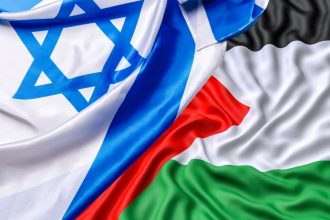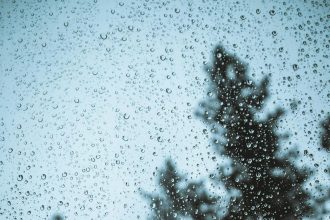For nine years, Patricia Kamssor has been working in a clinic in a refugee camp in Kenya doing everything from cleaning and dressing wounds to giving injections, treating infections caused by eating infected goats and cows, and helping one child who had a piece of corn stuck in their nose.
Established in 1992, Kakuma is one of the world’s largest refugee camps, home to 260,570 people who have fled violence in nearby African countries. It is hot, dusty and congested, with rows and rows of what is meant to be temporary housing made from clay and thin sheets of metal in Kenya’s northwestern corner.
It’s also








